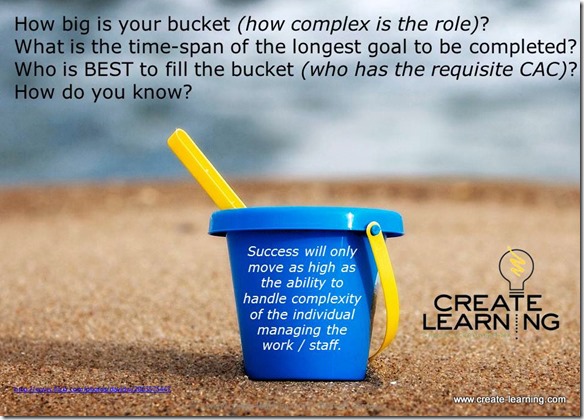Since I wrote ‘Your Big Hairy Audacious Goals are Creating Resistance and Repelling Trust,’ I’ve been thinking about how a manager’s vision can get in the way of the work being done and what is working well.

Vision defined: An aspirational description of what an organization would like to achieve or accomplish in the mid-term or long-term. It is intended to serve as a clear guide for choosing current and future courses of action.
This sounds aspirational and like something organizations should have until we remove the ‘jargon monoxide’ and think, how does work get done?
Work does not get done according to a solipsistic vision… Work gets done through the interactions of people who have discovered what works best for them in achieving a certain goal / task.
The great man fallacy wants us to believe that a single person’s vision brings us greatness. That sounds great in hindsight … but the vision could have happened in many different ways. Remembering the past things seems to make sense and have a purpose. The past is recreated through our interpretation.
Vision Limits What is Working Well. How does a manager determine the vision of a team or organization?
I argue that you start with what you currently have—planning to explore these in future blog posts.
- What is the capacity of the team or organization?
- What resources do we have?
- How do #1, 2 currently attract what is working well?
- How do #1, 2 currently repel what is working well?
- What areas, people, teams, customers are already attracting what is working well? Meaning who is pulling us towards what is working.
- What areas, people, teams, customers are already repelling what works well? Meaning who is pushing us away from what is working.
- What skills are needed to do more of what is working well? How are we already using those skills? How did that happen?
A vision will emerge from the discussion, documenting, and charting above.
I’ve found the vision is different and more pragmatic because you have removed the idealistic fantasy and replaced it with the pragmatism of what is working and how you recognize progress.

